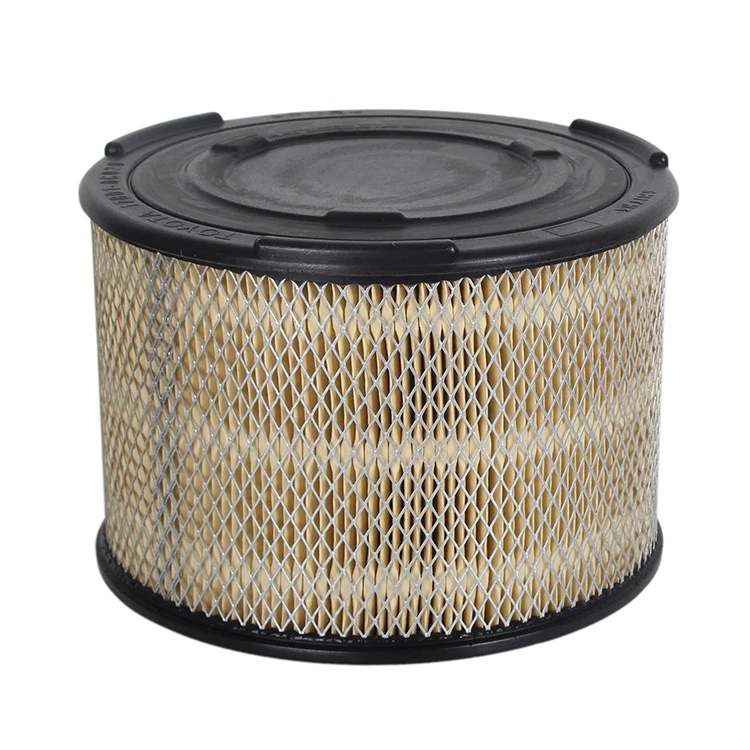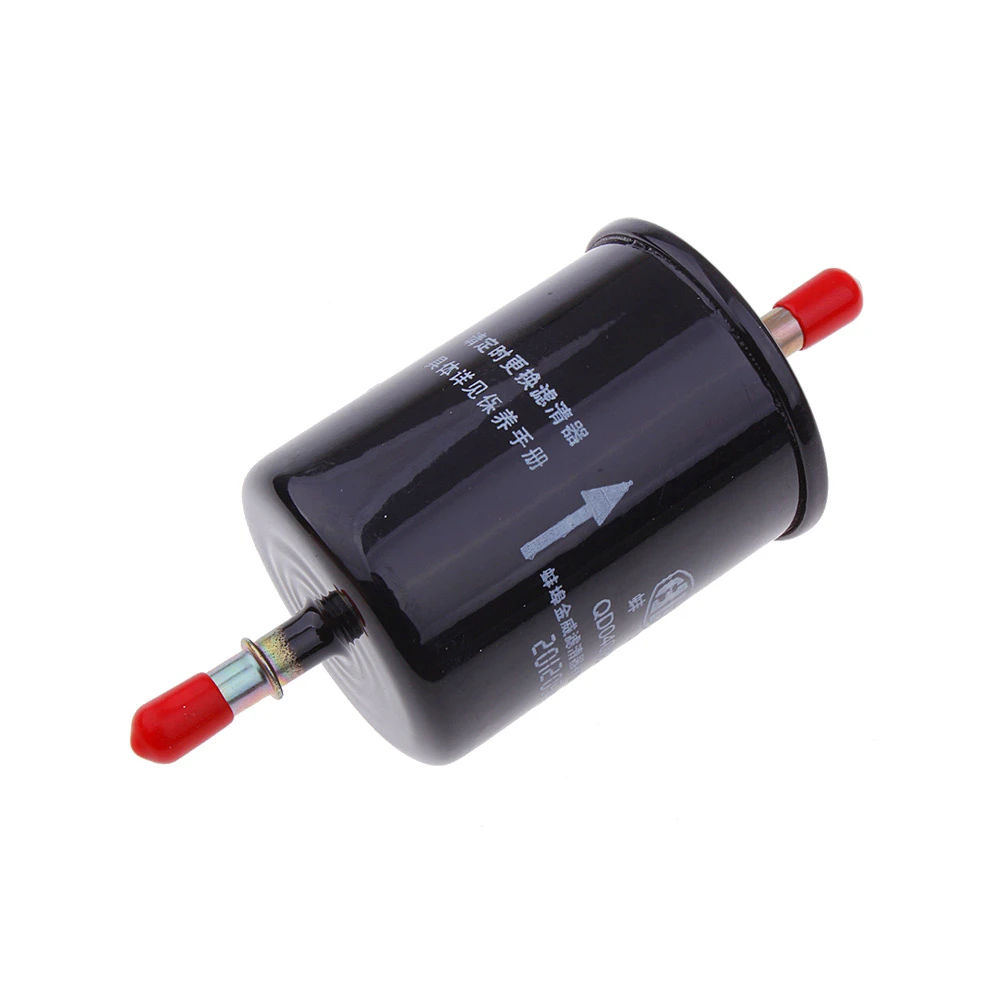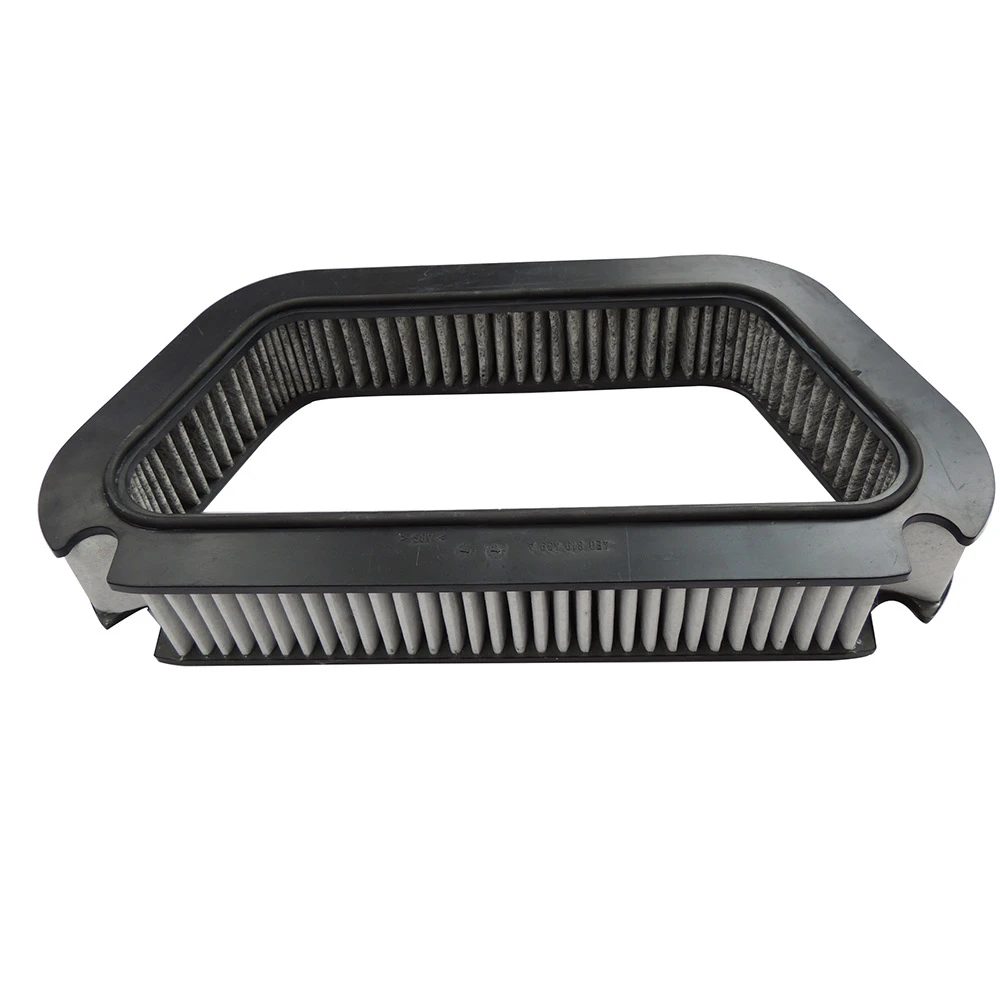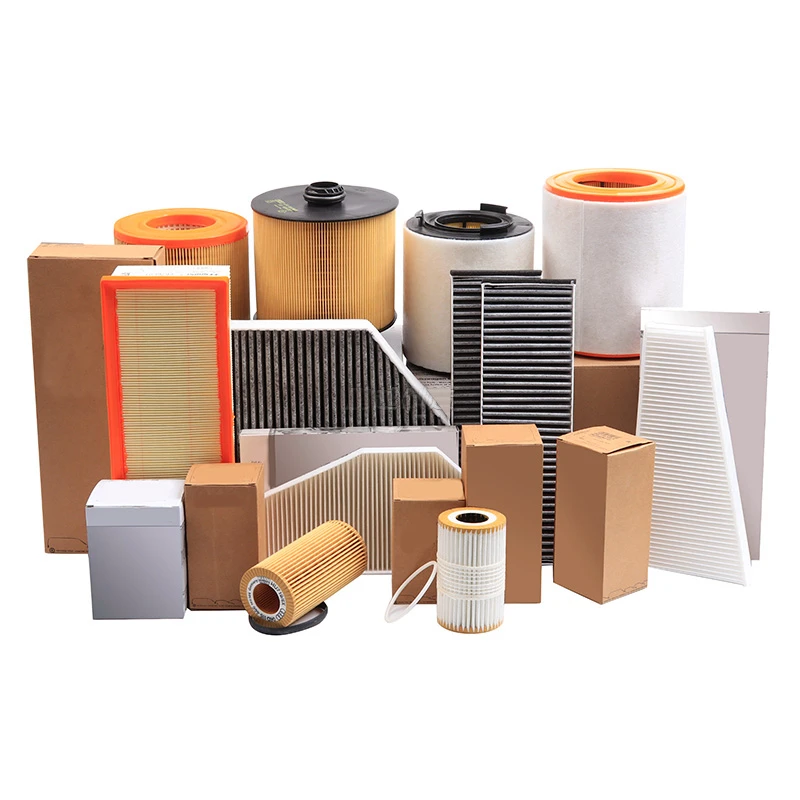
- Introduction: Understanding car ac filter change frequency
- Importance of Timely Car Cabin Air Filter Replacement
- Factors Influencing the Interval for Changing Your Air Filter
- Technical Specifications and Industry Standards
- Car AC Filter Change: Major Manufacturer Comparison
- Custom Maintenance Plans: Tailoring Filter Replacement
- Conclusion: How Often Should I Change My Car Cabin Air Filter
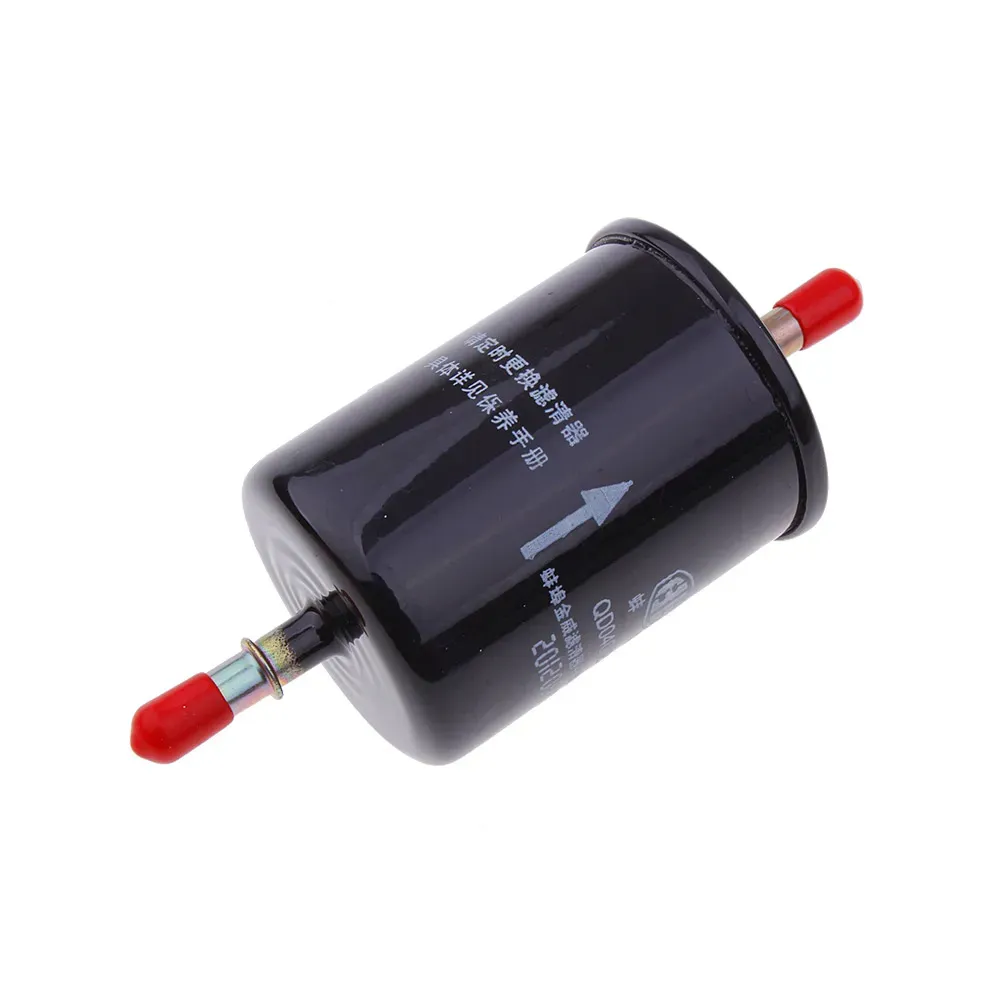
(car ac filter change how often)
Introduction: Understanding car ac filter change how often
The frequency of car AC filter change is a crucial aspect of automotive maintenance that directly impacts in-cabin air quality, HVAC efficiency, and even vehicle resale value. With more than 80% of modern cars equipped with cabin air filtration systems, understanding how often should I change my car cabin air filter is essential for both comfort and safety. According to market research, neglected filters can reduce HVAC efficiency by up to 15% and may cause fine particles, pollen, and even carcinogens to permeate vehicle interiors. Keeping your car's air fresh and system running smoothly requires both awareness and timely action.
Importance of Timely Car Cabin Air Filter Replacement
Regularly replacing your car's cabin air filter is more than a simple maintenance task—it can be a vital practice for your health and the longevity of your vehicle's systems. According to the U.S. Environmental Protection Agency (EPA), interior vehicle air quality can be up to five times poorer than outside air, especially in urban and congested settings. Cabin air filters are designed to capture soot, allergens, bacteria, and microscopic debris that are otherwise inhaled by passengers. Delayed replacement can lead to musty odors, foggy windows, and weakened airflow from your vents, signifying accumulation of contaminants and filter clogging.
Healthwise, the World Health Organization (WHO) reports that allergies and respiratory risks rise by 32% in vehicles with overdue filter changes. Therefore, staying on schedule with how often should I change my air filter car can make a measurable difference, providing both cleaner breathing and smoother ride comfort.
Factors Influencing the Interval for Changing Your Air Filter
There is no universally fixed interval for how often should I change car cabin air filter, as driving habits, environments, and vehicle usage patterns vary. Typical manufacturer recommendations range from every 12,000 to 15,000 miles (about 19,000 to 24,000 kilometers) or once per year, whichever comes first. Key influencing factors include:
- Driving Environment: Frequent city or dusty rural driving increases particulates and shortens filter lifespan by up to 50%.
- Climate: High-pollen areas or regions with wildfire risks can rapidly clog filters.
- Vehicle Usage: Ridesharing, commuter traffic, or transporting pets introduces more contaminants, necessitating more frequent changes.
- Filter Material: HEPA and carbon-activated filters offer better performance but may require scheduled replacement to maintain their advantages.
Technical Specifications and Industry Standards
Cabin air filters traditionally use either pleated paper, non-woven synthetic fibers, or multilayered carbon technologies. Key technical specifications influencing a filter’s performance include Minimum Efficiency Reporting Value (MERV) rating, particle retention efficiency, antimicrobial properties, and airflow resistance. For instance, filters with a MERV rating of 8–13 can capture between 70% and 95% of particles 3 microns and larger, such as dust, pollen, and mold spores.
Industry standards—such as ISO 16890 and SAE J726—mandate laboratory testing for particle size efficiency and pressure drop. Leading aftermarket brands often advertise enhanced microparticle capture, with high-grade filters blocking over 99% of allergens and fine dust. The difference in airflow resistance is also notable: a high-efficiency filter typically shows less than 0.2 inch w.g. pressure drop, ensuring HVAC units remain energy efficient without straining the blower motor.
Keeping abreast of these specifications can guide owners not only on how often should i change my car cabin air filter but also which filter variant best matches their needs.
Car AC Filter Change: Major Manufacturer Comparison
To appreciate industry differences, compare service recommendations and filter technologies among top automobile brands. Below is a data-driven evaluation:
| Brand | Default Recommended Change Interval | OEM Filter Type | Particle Capture Efficiency | Estimated Cost (OEM Filter) |
| Toyota | 15,000 miles / 12 months | Non-woven fiber | 93% (@ 3–10µm) | $28–$42 |
| Honda | 12,000–15,000 miles | Pleated paper | 90% (@ 3–10µm) | $25–$37 |
| BMW | 10,000–15,000 miles | Advanced carbon-activated | 96% (@ 2.5–10µm) | $46–$72 |
| Ford | 15,000–20,000 miles | Synthetic fiber | 88% (@ 3–10µm) | $22–$39 |
| Mercedes-Benz | 15,000 miles / 1 year | HEPA-type fiber & activated carbon | 99% (@ 2.5–10µm) | $59–$99 |
As illustrated, luxury brands often pair shorter change intervals with superior filter technology, while mainstream brands focus on cost-effectiveness and practical longevity. The selection influences not just how often to replace the filter, but also the quality of air purification achieved.
Custom Maintenance Plans: Tailoring Filter Replacement
Vehicle owners with unique driving patterns or health sensitivities often find value in custom maintenance plans for their car AC filters. This approach involves combining OEM guidelines, driving data (from mileage logs or telematics systems), environmental assessments (such as pollen risk maps and urban pollution indices), and even in-cabin air quality sensors.
Examples include:
- Urban commuters replacing filters every 8,000–10,000 miles due to elevated soot and traffic emissions.
- Allergy sufferers using HEPA or carbon-cabin filters and replacing at the shortest interval recommended or before peak allergy seasons.
- Rideshare and taxi drivers, exposed to above-average interior contaminants, adopting quarterly inspection and semi-annual replacement schedules.
Advanced digital monitoring solutions can alert drivers as soon as filter efficiency drops, further optimizing both health and maintenance budgets.
Conclusion: How Often Should I Change My Car Cabin Air Filter
Recognizing the answer to “car ac filter change how often” involves both adhering to manufacturer guidance and adapting to your own driving conditions. Generally, most drivers should aim to replace their cabin air filter every 12,000–15,000 miles or at least once a year, but high-traffic areas, challenging climates, and personal health concerns may significantly shorten this interval. By integrating the latest advancements in filter technology, leveraging custom maintenance plans, and considering peer-reviewed data and real-world case studies, responsible owners ensure cleaner air, improved vehicle performance, and greater overall satisfaction. Stay proactive about your vehicle’s air quality; the investment pays returns not only in comfort but also in the health and safety of everyone on board.
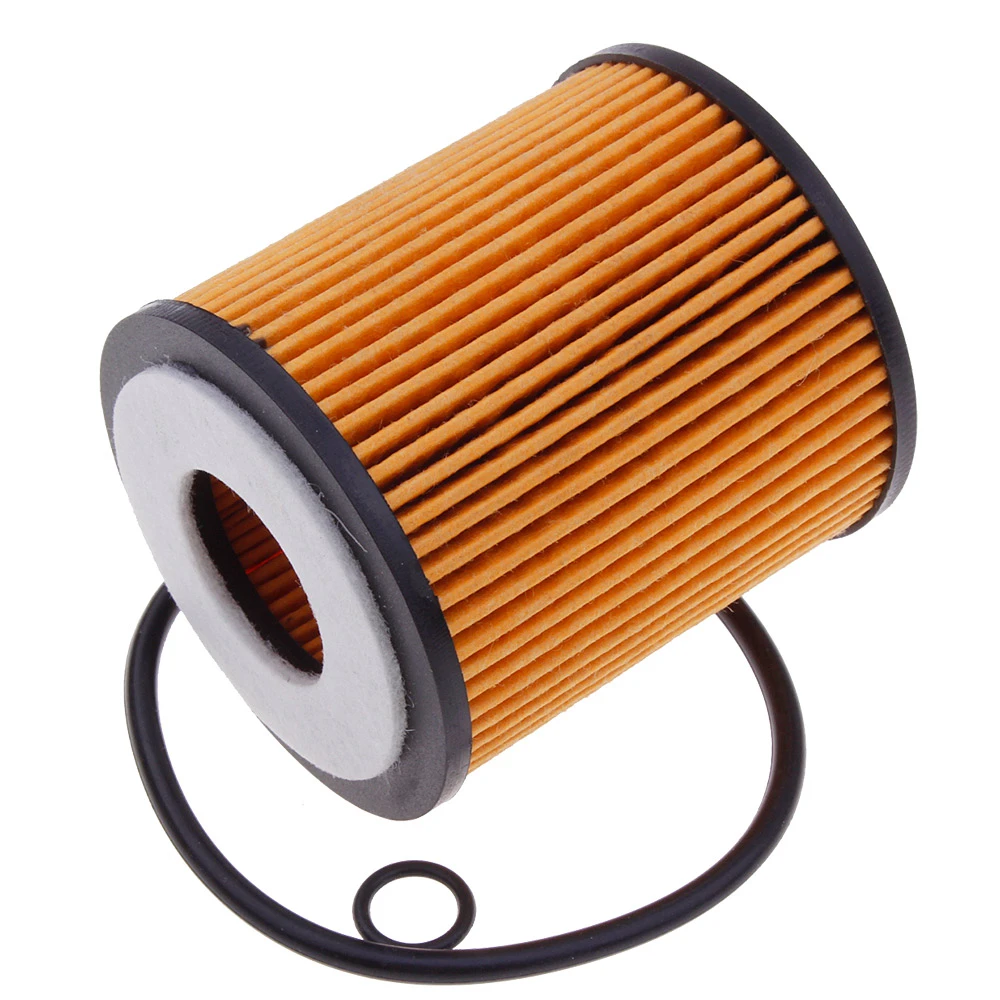
(car ac filter change how often)
FAQS on car ac filter change how often
Q: How often should I change my car's AC filter?
A: Most manufacturers recommend changing your car's AC filter every 12,000 to 15,000 miles. However, this can vary based on driving conditions and environment. Always check your owner's manual for specific guidelines.Q: How often should I change my car cabin air filter?
A: It's generally best to change your car cabin air filter once a year or every 15,000 miles. If you often drive in heavy traffic or dusty areas, consider replacing it more frequently. A clean filter improves air quality inside your car.Q: How often should I change my air filter in my car?
A: For most vehicles, it's recommended to change the air filter every 12,000 to 15,000 miles. Your driving environment may require more frequent changes. Always follow your car's maintenance schedule for optimal performance.Q: What happens if I don't change my car AC or cabin air filter regularly?
A: Neglecting filter changes can lead to reduced airflow and poor air quality inside your car. It may also strain your car's AC system and impact efficiency. Regular replacement helps keep your car’s interior air fresh and clean.Q: Are there signs that my car's cabin air filter needs changing?
A: Yes, signs include musty odors, decreased airflow, and increased allergens inside your car. If you notice these, it might be time for a replacement. Routine checks can help prevent these issues.-
Vehicle Performance with Premium Car Filter SolutionsNewsJul.02,2025
-
Upgrade Engine Performance with Timely Air Filter MaintenanceNewsJul.02,2025
-
Optimize Vehicle Health with Timely Air Filter ReplacementNewsJul.02,2025
-
Every Drive with Next-Level Car Filtration SystemsNewsJul.02,2025
-
Driving Comfort with Advanced Air Filtration SystemsNewsJul.02,2025
-
Cleaner with Next-Generation Automotive Air FiltrationNewsJul.02,2025
-
The Importance of Cabin Filter and Engine Filter: The Role and Maintenance of Cabin Filter and Engine FilterNewsJun.25,2025
Related Products
